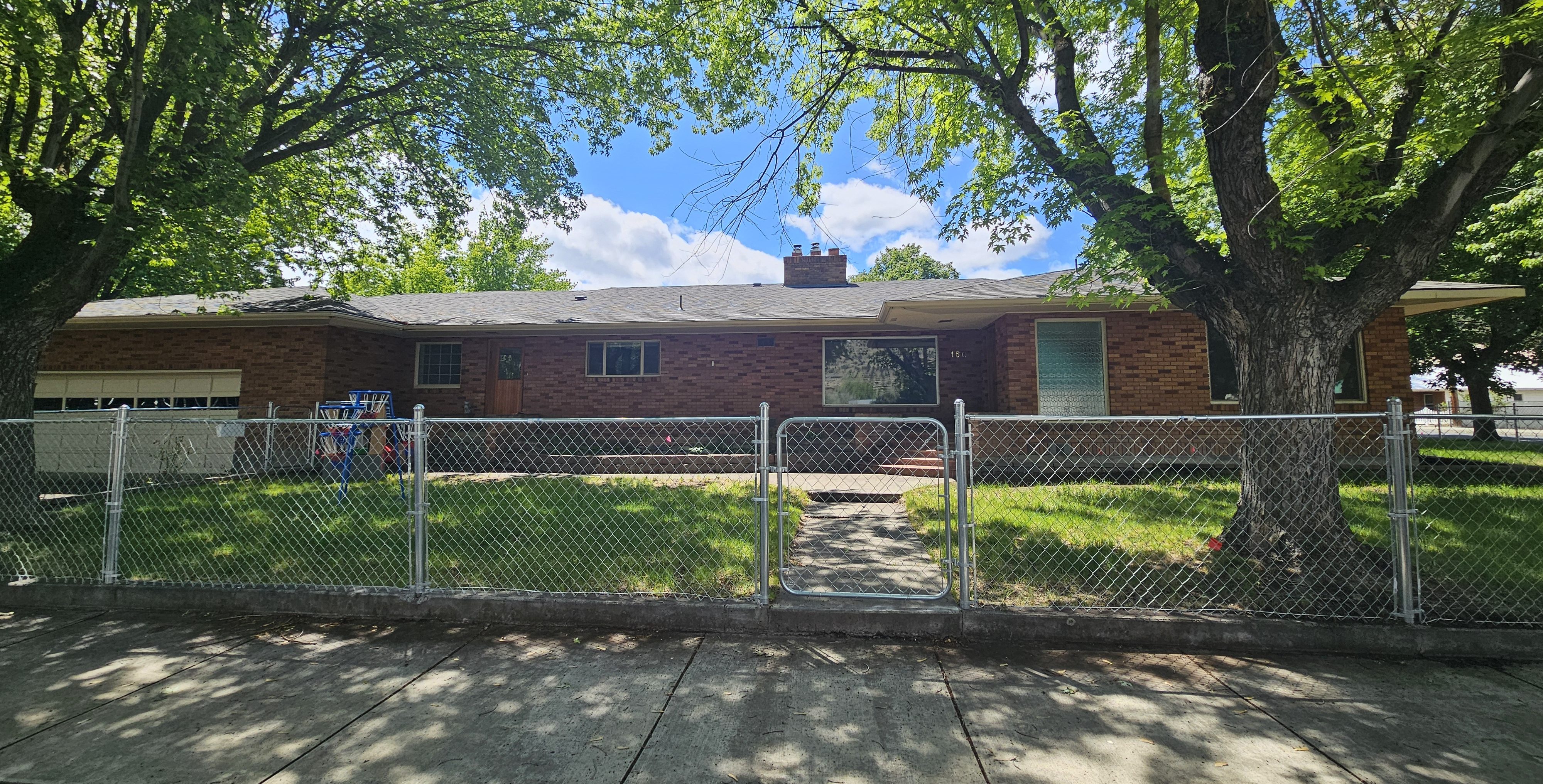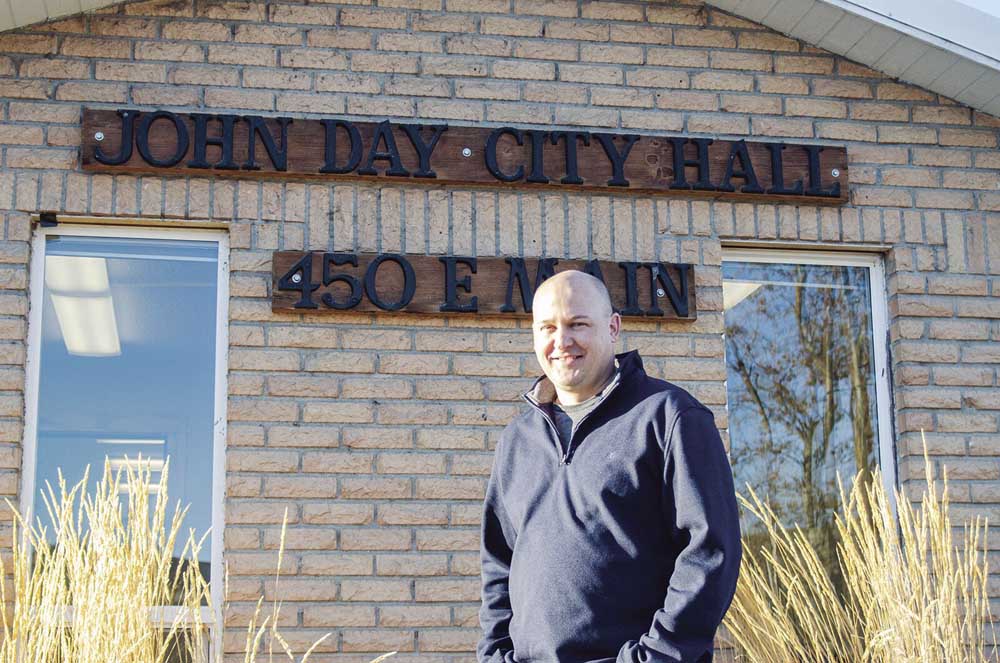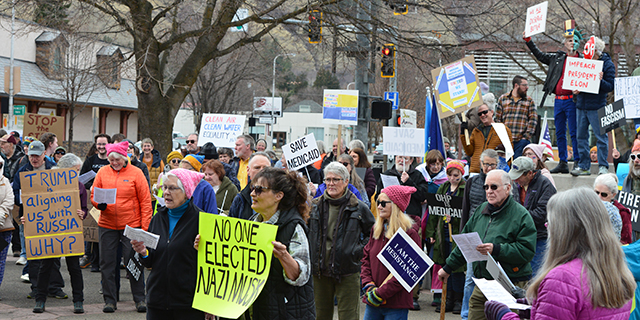Special NOVA eclipse presentation airs Aug. 21
Published 2:22 pm Tuesday, August 15, 2017
On Monday, America’s eyes will be glued to the skies as the mainland United States experiences the first total solar eclipse since 1979, and the first to cross the country since 1918. PBS’ award-winning science series, NOVA, produced by WGBH Boston, will capture the spectacular event in a special presentation to air hours after it takes place.
This extraordinary cosmic spectacle will pass through 14 states, and everyone in the continental U.S. will have the opportunity to see at least a partial eclipse, possibly making it the most widely viewed American eclipse of all time. Commencing at 10:15 a.m., a lunar shadow 73 miles wide will take 93 minutes to travel from Oregon on the west coast to South Carolina on the east, allowing continuous observation.
NOVA’s most extensive fast-turnaround film to date, “Eclipse Over America,” will follow teams working on the forefront of solar science and solar storm detection, incorporating immersive CGI animation to reveal the sun’s secret mechanisms, stunning sequences of the eclipse itself, NASA footage and more.
“NOVA is thrilled to provide our audiences across the U.S. with an up close, in-depth look at this extraordinary event,” said Paula S. Apsell, Senior Executive Producer of NOVA, in a press release. “We are excited to share the experience with viewers and provide a scientific perspective on the celestial mechanism behind this total solar eclipse and what it can tell us about the inner workings of our sun.”
Also during the eclipse, NOVA will present a Facebook Live event in partnership with PBS “NewsHour.” Hosted by PBS Science Correspondent Miles O’Brien, the event will feature commentary by Jason Kalirai from the Space Science Institute and other experts gathered to watch the eclipse from a location about 40 miles east of Irwin, Idaho.
NOVA “Eclipse Over America” will be available to stream the morning after broadcast on all station-branded PBS platforms, including PBS.org and PBS apps for iOS, Android, Roku, Apple TV, Amazon Fire TV and Chromecast.
To learn more about the sun, viewers can visit the NOVA Sun Lab, a web-based interactive lab, where teens and other users can explore solar weather using the same data, images and tools scientists use to track and predict solar activity. In addition, 10 short videos explain the sun’s anatomy, why the sun is so volatile and how and why we study it. As users explore, they learn about the threats posed by strong solar storms and space weather that could disrupt communication and electrical systems for weeks, months or even years. The Sun Lab is supported with resources for science educators including a lesson plan and discussion questions on PBS LearningMedia.
Additional new PBS specials will also offer an in-depth look at the solar system and beyond. “The Farthest – Voyager in Space” is a two-hour special about NASA’s historic Voyager mission to explore the solar system and beyond, airing Aug. 23. Two more NOVA specials, “Death Dive to Saturn” on Sept. 13 and “Black Hole Apocalypse” on Jan. 10, 2018, explore the Cassini space probe’s mission to Saturn and the frontiers of black hole research, respectively. In November, “Beyond a Year in Space” chronicles Scott Kelly’s return home after a year in space and provides a glimpse of a new generation of astronauts training for mankind’s greatest leap yet: the journey to Mars. PBS KIDS’ hit space-themed series “Ready Jet Go!” takes young viewers on far-flung learning adventures through astronomy, technology, scientific exploration, innovation and invention. PBS Digital Studios’ “Space Time” explores the outer reaches of space, the craziness of astrophysics, the possibilities of sci-fi and anything else imaginable beyond planet Earth.
NOVA “Eclipse Over America” is produced for PBS by WGBH Boston. Senior Executive Producer for NOVA is Paula S. Apsell.
National corporate funding for NOVA is provided by Draper and 23andMe. Major funding for NOVA is provided by the David H. Koch Fund for Science, the Corporation for Public Broadcasting and public television viewers. Additional funding is provided by the Neil and Anna Rasmussen Foundation.
Now in its 44th season, NOVA is the most-watched primetime science series on American television, reaching an average of 5 million viewers weekly. The series remains committed to producing in-depth science programming in the form of hour-long (and occasionally longer) documentaries, from the latest breakthroughs in technology to the deepest mysteries of the natural world. NOVA airs Wednesdays at 9 p.m. on WGBH Boston and most PBS stations.
PBS, with nearly 350 member stations, offers all Americans the opportunity to explore new ideas and new worlds through television and online content. Each month, PBS reaches nearly 100 million people through television and nearly 33 million people online, inviting them to experience the worlds of science, history, nature and public affairs; to hear diverse viewpoints; and to take front row seats to world-class drama and performances. Teachers of children from pre-K through 12th grade can turn to PBS for digital content and services. PBS’ premier children’s TV programming and its website, pbskids.org, are intended help inspire love of learning in children. More information about PBS is available at pbs.org.





